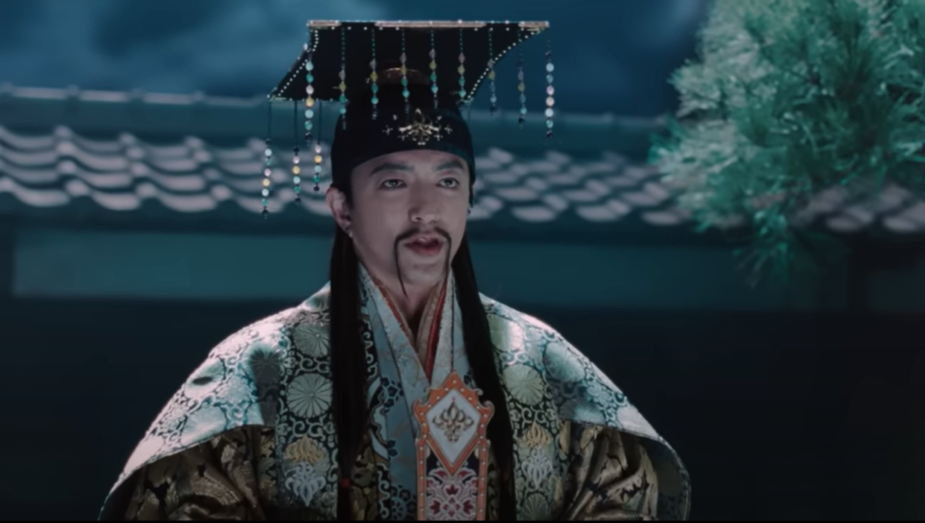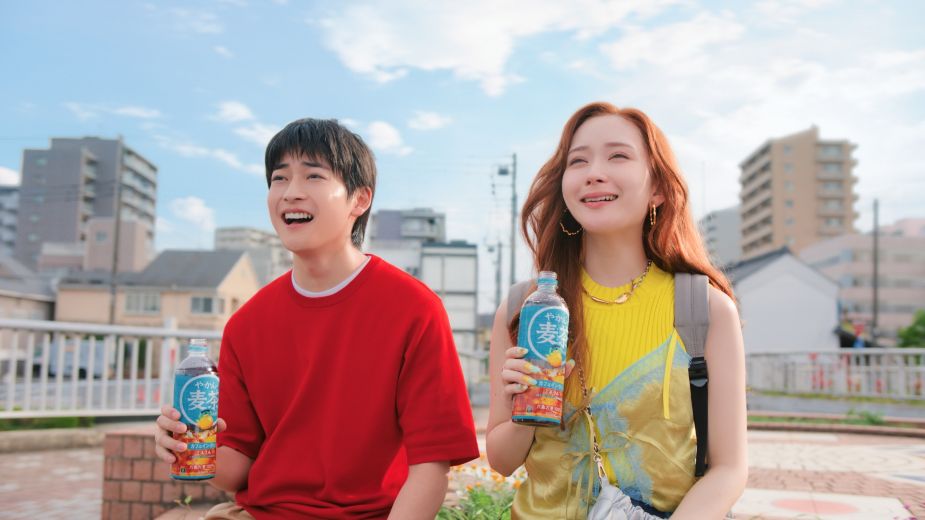This month, we kicked off a deep dive into Japan’s advertising landscape, as part of our ‘Inside Asia’ series. In part one, we discovered the country’s deep appreciation for visually striking work and nuanced storytelling.
Next, we dive into the staying power of terrestrial TV, how social media is providing a space for consumer honesty, and the seasonal rhythms that guide the marketing landscape.
While much of the rest of the world turns to streaming services and social media for their content, “Japan remains unusual in that television still carries enormous weight,”Peter Grasse, founder and executive producer at Mr+Positive, tells LBB. “TV is omnipresent in daily life, especially for older demographics, and still shapes mainstream consumer behaviour.”
Terrestrial TV still holds “a kind of cultural magic,” agrees Ayu Sasaki, ECD at Dentsu Inc. She says TV remains “a central stage even as digital and social media reshape the landscape. This has given rise to a creative ecosystem all of its own and the role of the CM planner [TV commercial planner] has become firmly established.”
Because of its popularity, Charlotte Auyeung, head of strategy at McCann Japan, notes “the TV environment in Japan is uniquely cluttered and dominated by the format of 15-second spots. To get noticed and remembered, A-list celebrities, chart-topping songs, catchy jingles and dances, kawaii or quirky mascots are commonly used.”
“Unlike younger audiences, who watch YouTube at double speed for ‘taipa’ (time performance), most people watching TV are 60 and above,” says Yosuke Ozawa, creative director at UltraSuperNew Tokyo, “so even the news is read slow and clear. On top of that, viewers see 20 to 30 ads an hour which means the creative has to stand out in a way that is completely different from what everyone else is doing.”
He brings up a UNIQLO ad that he believes nailed this. “Every other ad was packed with fast cuts, loud music, and flashy visuals. But this one did the exact opposite. It showed a man wearing a down jacket, a few close-ups, no sound, all the way to the final frame. I actually had to stop what I was doing and check the TV because I thought something was wrong, until the next ad came on full blast.”
Despite TV’s prevalence, Ayu shares that something interesting is happening in the social media space too. “Just like in other markets, social media in Japan serves as a vital barometer of consumer sentiment. What’s especially unique here is that, in a culture where people often hold back their true feelings in daily life, social media becomes a rare space for honesty. Online, people are more likely to share their genuine thoughts and emotions, revealing insights that are often hidden beneath the surface. For brands, this makes social media an invaluable window into what people are truly thinking and feeling.”
As is true everywhere, social media in Japan is “a goldmine of ‘briefs from consumers’,” says Rui Nago, chief strategy officer at VML & Ogilvy Japan. “What people talk about [on social media] is rarely what the brand wants to say – it’s what actually sticks. Take McDonald’s fries: online chatter isn’t about taste. It’s about the quirky alert sound in the kitchen when a fresh batch comes up. That’s the kind of cultural residue brands can’t script but must learn to harness.”
Equally important, he says, is designing campaigns to spark social conversations. “This has reshaped the way strategies are built. Instead of starting from what the brand wants to say, we now work backwards: what can ignite positive conversation around the brand, the product, the campaign? From there, the message and strategic idea are constructed. It’s a shift from broadcasting to co-creating the dialogue.”
Yosuke notes, “Social media has also become a search platform to see what others think about a particular brand or product to confirm their purchase decisions. Yet, the initial trigger usually still comes from something they see or hear in the physical world.”

“The mobile carrier au’s ‘Santaro’ commercial series 2015-2025 is a long-running campaign bringing together beloved Japanese folktale characters played by popular celebrities in a modern, ongoing narrative. Much like a Japanese version of ‘Into the Woods’, it’s become a national favourite, with each new installment eagerly anticipated. Its success lies in long-term storytelling and tapping into shared cultural touchstones.” – Ayu Sasaki
In a society where many people grow up watching the same anime, listening to the same music, and experiencing the changing seasons together, creative work that taps into these collective memories can create instant connection, Ayu notes. “Even subtle cues – a cloud shape, a seasonal reference – can evoke deep feelings.”
Seasonality – and the life moments tied to it – is one of the biggest touchpoints between brands and consumers in Japan, she says. “Take KitKat: every winter, during the high-stress exam season, it positions itself as a companion and supporter for anxious students and their parents. That connection goes far beyond product – it taps into a cultural ritual.
“On top of that, many brands release limited-edition flavours tied to the four seasons, giving consumers the thrill of ‘now or never’. It’s a way of making everyday consumption feel special and time-bound.”
Ultimately, Japanese consumers engage most deeply with brands that show they understand their rhythms, Ayu says, “The seasons, the milestones, the fleeting yet meaningful moments, positioning brands within a broader cultural context and inviting people to consider not just what a brand offers, but what it stands for.”

“Coca‑Cola (Japan) Company’s work for Yakan no Mugicha (a barley tea brand unique to Japan) tapped into something universal: ‘Family – where you can find yourself in cosy disturbance.’ But the execution was distinctly Japanese.
“For the first time ever, Coca‑Cola (Japan) Company brought the beloved family anime Crayon Shin-chan into live action. The twist: instead of five-year-old Shin-chan in original anime, they imagined him grown up, portrayed by a popular actor, alongside an ensemble cast playing the rest of his family.
“The casting alone sparked huge conversation on social media. They also embedded countless subtle ‘codes’ throughout the drama – inside jokes and details only fans of the original anime would notice. Each of these moments lit up social channels with chatter and sharing. Meanwhile, the brand and product appeared seamlessly, woven into the context of everyday family life.
“In many ways, this campaign was a perfect distillation of what makes Japanese creativity tick: emotional storytelling, cultural shorthand, beloved characters, and conversation designed to spill out into social media.” – Rui Nago.
Read more from this series here.


AloJapan.com